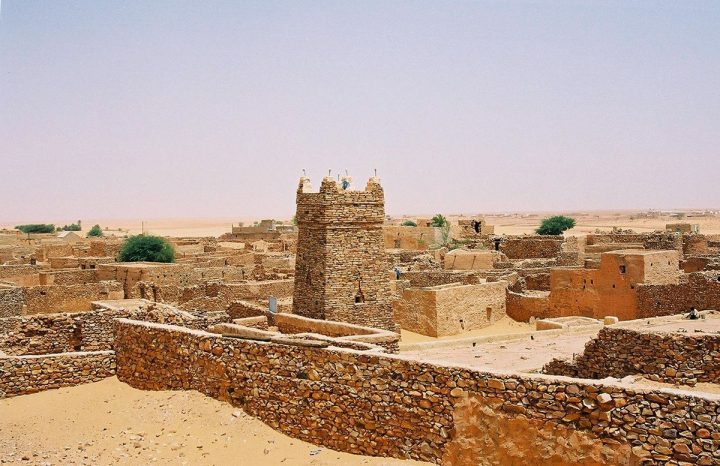The Ghanaian Empire was after the Kingdom of Kush the largest empire of sub-Saharan Africa and one of the largest that Africa has ever known.
At the time of its greatest expansion (X-XI centuries) it included current-day Sudan, Niger, Senegal, Mali and Mauritania and reached the gates of the Sahara.
Like many other countries before famine, it was a beautiful, prosperous and rich area of gold, which had inherited the knowledge of ancient Egypt and Nubia. Small clans such as the Soninké and Sarakole slowly conquered other lands. According to oral tradition the empire was created in the eighth century by Dinga Cissè, a man from the East, but among these clans there were also Berbers from North Africa.
The empire became increasingly powerful and influential thanks to gold and its political organization, and it therefore controlled trans-Saharan trade. The Kaya Magan was the emperor, the spiritual leader and the highest judicial authority that lived in the capital Kumbi Saleh. The Senate was composed of 12 patriarchs that were descendants of Dinga Cisse, chosen for their astronomical and political knowledge and their personalities. They were followed by the Nana, 18 generals who had the task of organizing and defending the empire; nine of them mounted red horses and the other nine white horses, while the 12 governors were called Fado.
The abundance of gold created such envy that the Almoravids (a Berber population) began to conquer ever larger territories. Conversion to Islam produced other conflicts; after the decline of the Ghanaian Empire there arose the great empire of Mali, Bénin and the reign of the Ashanti, one of the few to carry out a strong resistance against European invaders. Between 1826 and 1896 Great Britain fought four wars against the Ashanti; one of the best known figures in the struggle against British colonialism was Queen Yaa Asantewaa, who became a symbol of African resistance to colonial oppression.
Translation from Italian by Liane Arter










